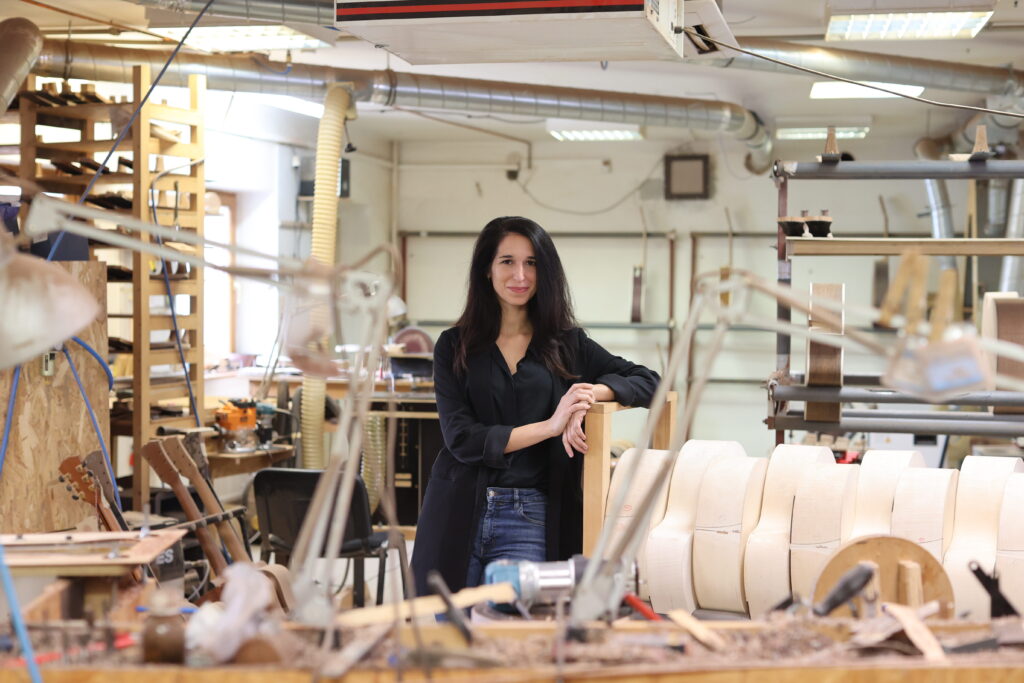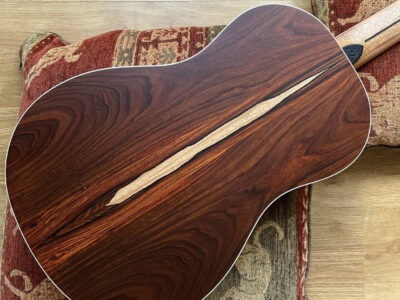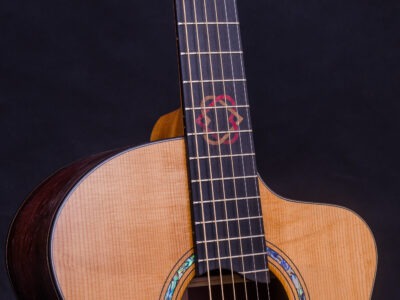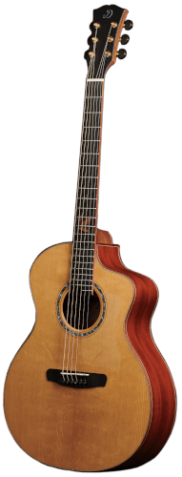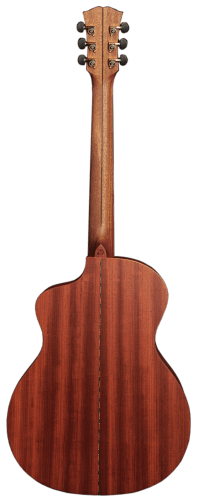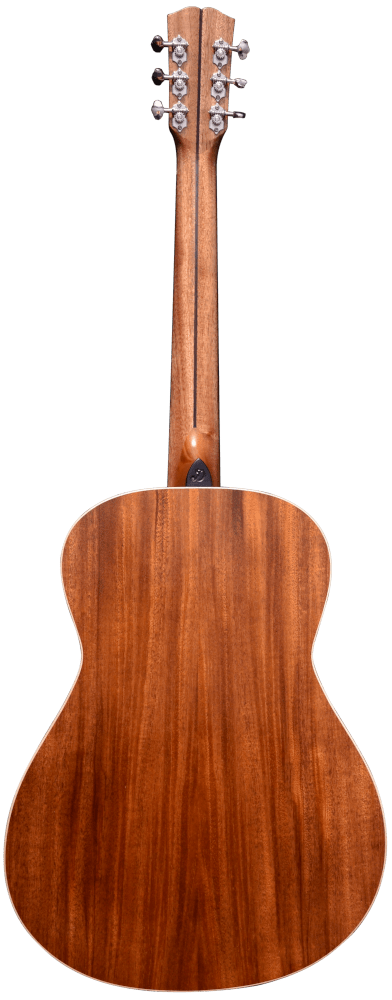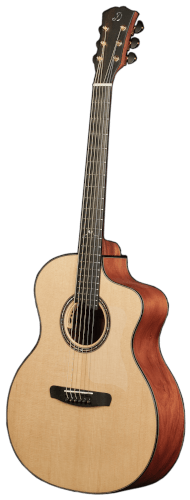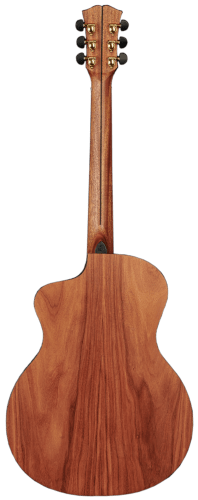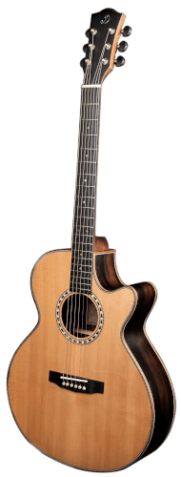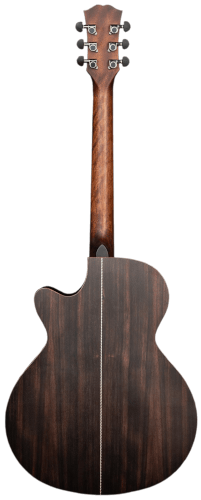Creating your own guitar
If you want your guitar to truly reflect your personal style, there’s nothing better than creating a custom guitar. I know because I’ve made one myself. Yes, you may argue that I’m being the favoured kid here, and in fact you’re right. But the satisfaction of having a truly unique guitar at home is worth all the criticism. And believe me, it wasn’t easy at all to decide over all the little details, the combinations, the sound I wanted on it. So I know how you might have felt when you were faced with all those options. Here are a few of my tips. I suggest two approaches: first, let the wood do the work, and then add all the details in line with the color and pattern you’ve already chosen. Or, if you know you definitely want that specific inlay, sunburst or vintage vibe, prioritize it and then choose wood that will accompany it well.
The first scenario is more common, and the majority of people who approach us know what kind of wood they want to use and what kind of sound they want to achieve. For beginners, here’s some easy advice: if you fancy a mellow, rich sound, go for a cedar top. Spruce is the answer if you want a direct, distinctive, and clear sound. Swiss and Dolomite spruce can be a little “closed” initially, but it gets better and better while playing and keeps maturating over years. But if you’re looking for something in the middle, thermo-treated spruce could satisfy your needs.
Choosing the back and side material for your guitar is typically an easier decision, as you can quickly determine whether you like the color and pattern or not. The most common choices for back and side materials are Cocobolo, well, because it is Cocobolo and it is freakin’ beautiful, premium Indian Rosewood, or Macacuaba and Granadillo, which are popular among those who appreciate wood with wild grains. However, we have also made some super classy guitars using traditional guitar materials such as mahogany too. People often ask about the effect that back and side materials have on the sound of a guitar, and it’s a super interesting topic. At our company, we’ve tried to cover this topic in our R&D section on wood, as well as in other blogs that focus on tonewoods. My personal favourite is Madagascar Rosewood as it resonates in a way no other available wood does. But that’s just my opinion, of course. Some consider it even too resonant.
Another great way to personalize your guitar is by adding a symbol, writing, or picture on the fingerboard or headstock. Although this option can be more expensive since we need to spend significant time designing it in a usable form, creating codes for CNC/laser, it’s worth it if it has a special meaning for you. A more affordable alternative is to create a vignette with your own name or unique design
The worst case scenario is to mix everything together in a way that makes no sense. As long as the guitar is the idea, everything works ok, but then when you bring the material on, you can find out very quickly that it doesn’t work together and evaluation is needed.
And it actually happens quite often in the early stages of design, so don’t panic, take your time and think about the features that are important to you. And don’t hesitate to contact us:)
